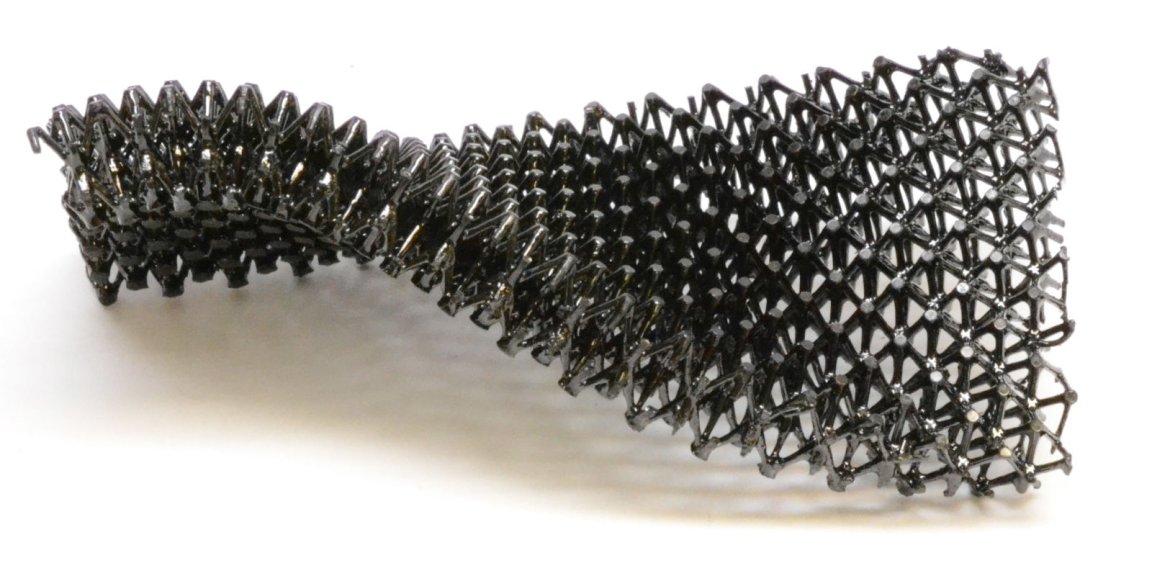
Ceramics
Ceramics are inorganic materials composed of metallic, nonmetallic, and metalloid components. An industry-relevant property of ceramics are their robustness, and applications include their incorporation into jet engines and car brakes.
They can withstand a great deal of heat and pressure without warping or breaking, and they can endure many of the physical and chemical assaults that would rust metals and wear away plastics. However these properties also make it difficult to process ceramics. Heat-resistant ceramics require incredible high temperatures to melt, so it has been a struggle to develop methods to 3D print them. Today, there are only a few 3D printing techniques on the market that use ceramics, such as the ones developed by 3DCERAM and Lithoz, but the approaches are severely limited in the types of ceramics they can print, as well as the end quality of their materials.
Now researchers from HRL Laboratories have developed a new way to 3D print impeccable ceramics, including heat-resistant varieties that have so far been beyond our reach. Their research was announced in the journal Science at the end of 2015.

3D Printing Ceramics
The current conventional way of 3D printing ceramics involves printing consecutive layers of ceramic particles that are suspended with a glue-like binding resin. After printing, the particles are heated in a furnace to fuse the individual ceramic particles together into one ceramic piece and dissolve away the binding glue. With this approach however, the kind of workable ceramics are limited. Currently printers can only work with a kind of ceramics called oxide ceramic materials.
However this new approach involves printing 100-micron thick layers of a plastic-like material out of a resin. That resin contains all the molecules needed to form a strong ceramic. The printing process is done by carefully forming layers of the resin with a UV light that fuses monomers into long polymers (polymerization). Once the plastic-like pre-ceramic part is printed, it’s forged in an oven, where it’s slowly cooked to 1,000 OC in the presence of argon gas. That heating tears away all the unnecessary chemical groups attached to the plastic-like material, leaving nothing behind but the strong ceramic framework underneath. The result is a practically flawless uniform ceramic without pores.